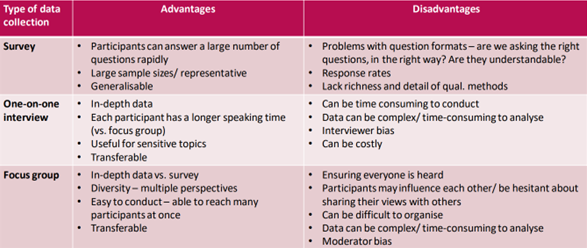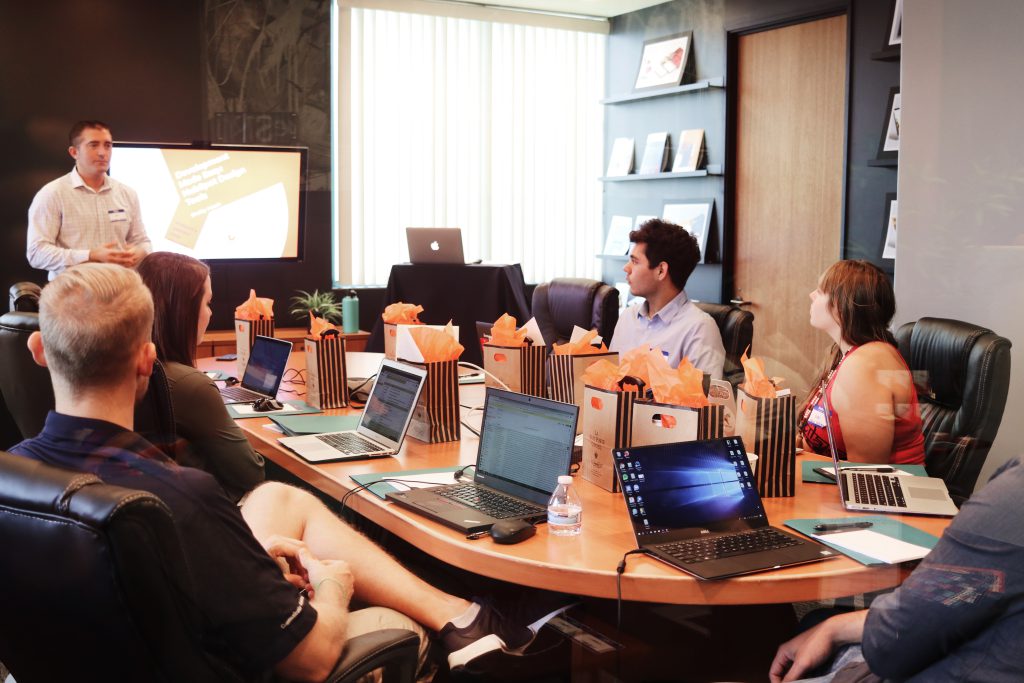We will:
- Hear your voice and what you have to say
- Use what you tell us to bring about change
- Be open to be challenged on the way we do things
Before you start to plan your listening activity, you should consider the key target group(s) identified on your stakeholder map, and the communities where and for who the issue is most important. You may be aiming for a specific group, considering some groups, or targeting all. Where you choose to go and how you listen will be important. Residents and partners often stress the importance of going to where people are, rather than expecting them to travel to a meeting place. See earlier section ‘Communicating ways to get involved’.
People should know the purpose of the work, what the information they give will be used for, and what the listening activity will involve. They should know that responses will be anonymous as standard.
Quantitative listening approaches like surveys provide statistical information that can be quickly analysed.
Qualitative listening approaches like focus groups and interviews offer a deeper insight into the quality of experience/s.
Types of listening activity, pros and cons:

Page last updated: 06 Oct 2023


